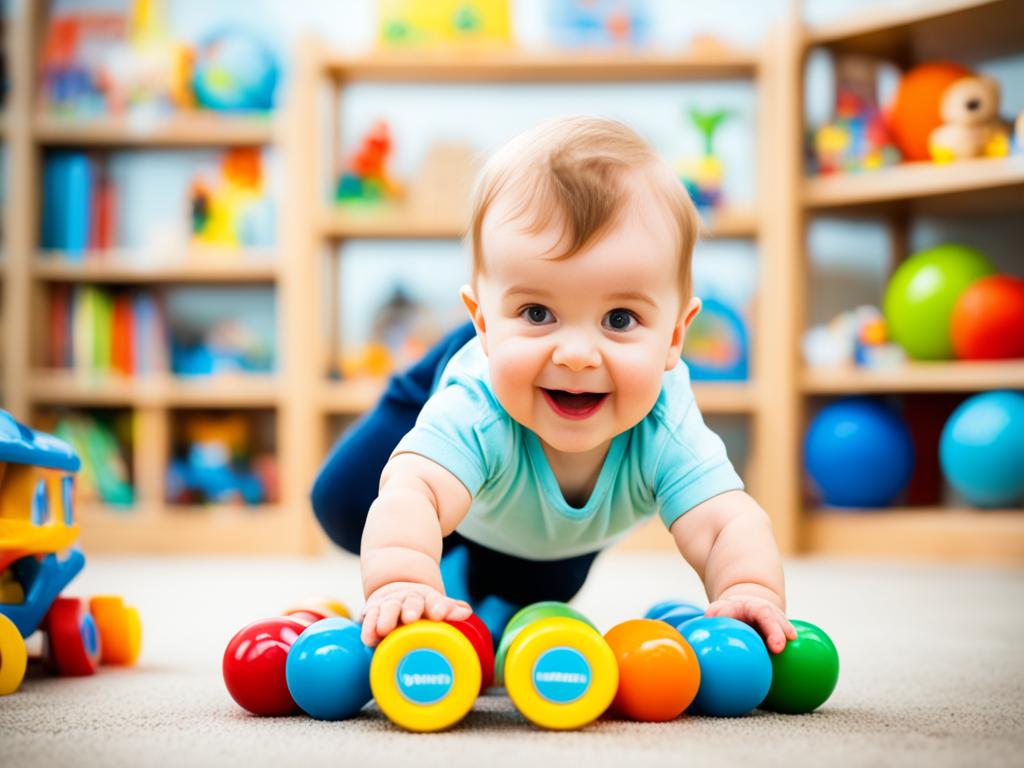
Child Development: Stages and Milestones
Child development is both exciting and challenging. This guide covers the main stages and milestones in a child’s growth. It looks at cognitive, social-emotional, language, and physical development.
If you’re a parent, teacher, or caregiver, knowing about child development is key. It helps in supporting a child’s growth and spotting any issues early. This article gives you the knowledge and tips to help a child grow well from birth to preschool.

This guide covers everything from basic thinking skills to growing social and emotional skills and learning new languages. It offers practical advice and proven methods for supporting a child’s growth. You’ll learn how to use play, watch for development, and help when needed.
Start this journey to learn more about child development. It’s a way to create a supportive environment for kids to do their best. Explore the stages, milestones, and ways to help a child grow and learn.
Understanding Child Development
Child development covers the growth of a child in physical, cognitive, social, and emotional areas from birth to adolescence. It’s key for parents and teachers to grasp the milestones and stages kids go through. This knowledge is vital for early childhood education and parenting.
What is Child Development?
Child development means the changes kids go through in their skills and behaviors over time. Kids learn new motor skills, language, problem-solving, social skills, and how to manage their feelings. Knowing these milestones helps support a child’s growth and happiness.
Importance of Developmental Milestones
Keeping an eye on a child’s milestones is key to seeing how they’re doing and helping them reach their goals. Spotting milestones lets parents and teachers spot any delays or issues early. This support helps kids grow well in school, social skills, and health.
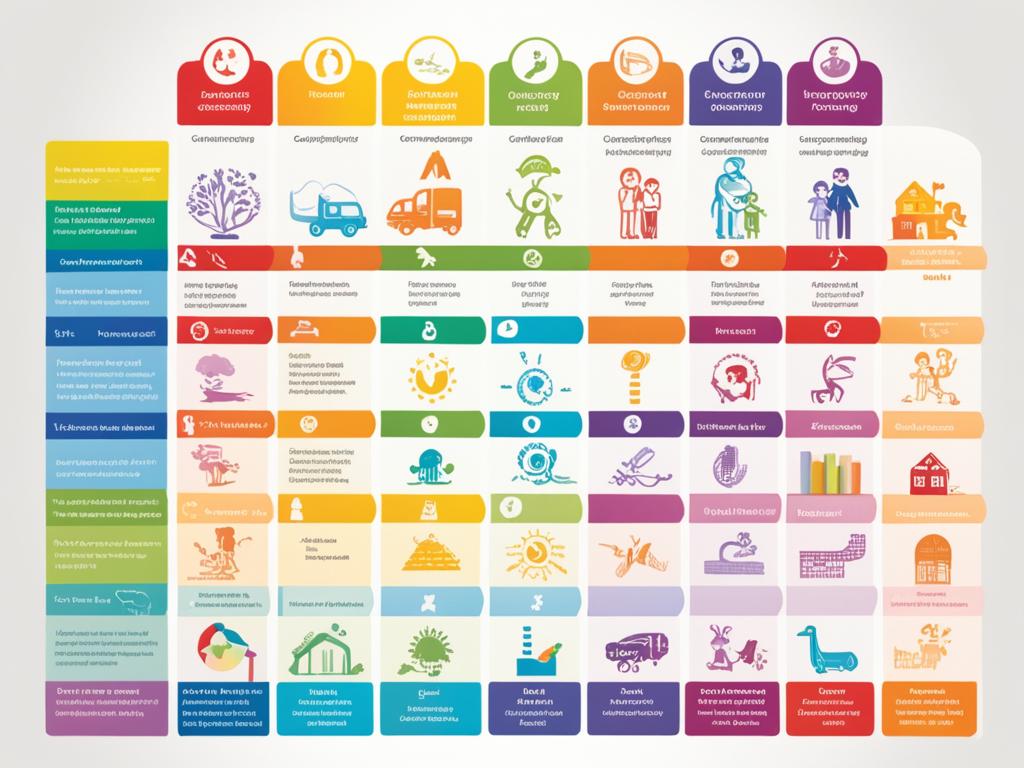
Watching a child’s development closely helps parents and teachers see what they need and what they’re good at. This info lets them use the best parenting and teaching methods. It helps kids grow and develop the best they can.
Cognitive Development in Children
Cognitive development in children is a journey of growth and discovery. It’s how they learn, process, and use information. This leads to better problem-solving, reasoning, and thinking skills.
Play-based learning is key to this development. Through play, kids explore, experiment, and learn important skills. This method of learning is known to be effective. It makes learning fun, meaningful, and natural for children.
Some kids might face delays or challenges in their cognitive growth. Early help and special support can really help. By focusing on cognitive development and play-based learning, parents and teachers can support every child to reach their goals.
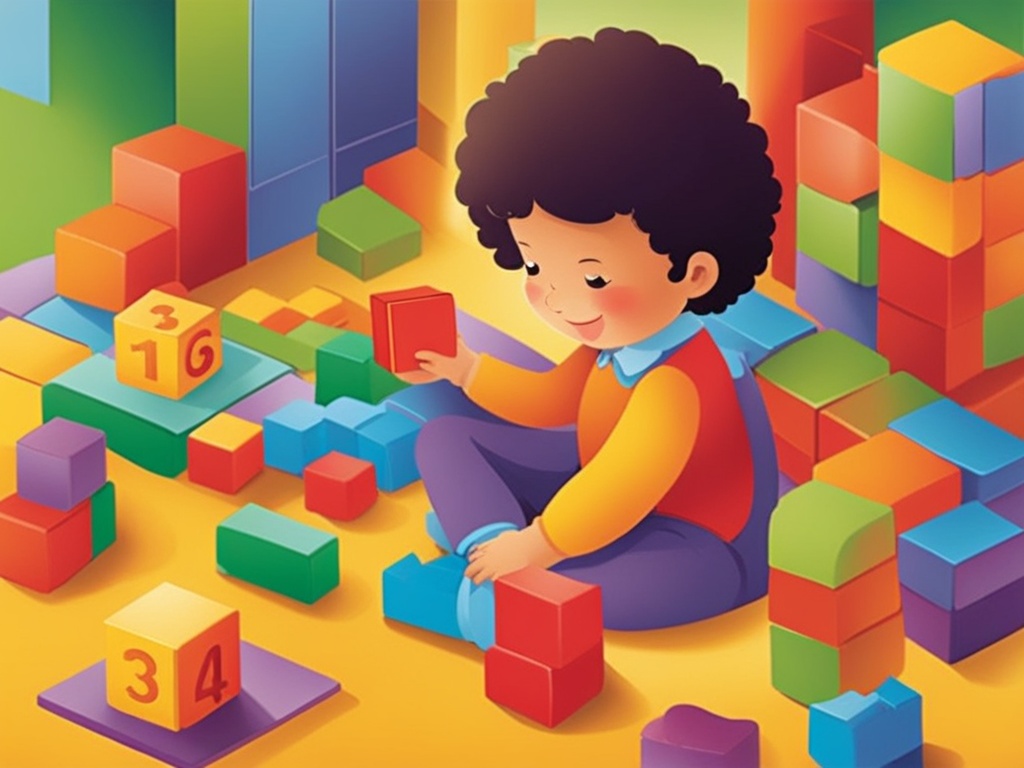
- Memory and attention
- Problem-solving and critical thinking
- Language and communication
- Spatial awareness and reasoning
- Imagination and creativity
Play-based learning and early support help kids develop these important skills. This way, they can better understand the world and reach their full potential.
Language Acquisition and Communication Skills
The journey of learning a language and improving communication skills in kids is amazing. As they grow, they hit important language milestones. These show how well they’re getting at speaking and understanding language.
Child Development: Early Language Milestones
Babies start by making sounds like coos and babbling. By 12 months, they say their first words. By 18-24 months, they can put words together in simple sentences. Hitting these early language milestones shows a child is doing well in speech and language development.
Child Development: Fostering Language Development
Parents and caregivers are key to helping kids learn language and talk better. Things like reading together, singing, and talking often help a lot. A rich language environment with lots of new words and grammar helps kids communicate well.
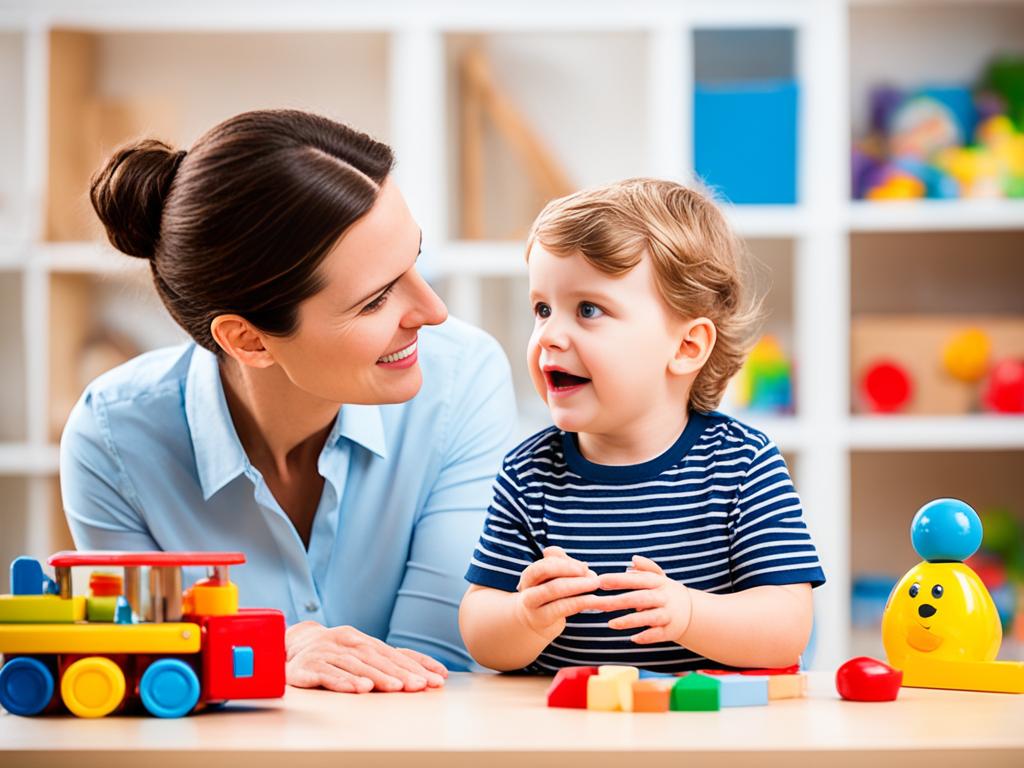
Knowing about early language milestones and how to help with language development is important. It helps parents and caregivers support a child’s growth and talking skills.
Physical and Motor Skill Development
As kids grow, their physical growth and motor skills are key to their health. They learn big skills like running and jumping and small skills like holding and using small objects. This growth is vital for their learning and development.
Gross motor skills use big muscles and are needed for things like climbing, throwing, and balancing. These skills help with fitness and make kids feel proud of themselves. Playing outside and joining sports can help kids get better at these skills.
On the other hand, fine motor skills use small muscles in the hands and fingers. These are important for writing, cutting, and using tools. Doing activities like arts and crafts, puzzles, and playing with toys can improve these skills.
Parents and caregivers can help kids grow by supporting both big and small motor skills. This helps kids stay healthy and active for life.

- Gross motor skills: Running, jumping, climbing
- Fine motor skills: Grasping, manipulating small objects, using utensils
- Encouraging physical play and structured activities
- Engaging in arts, crafts, and manipulative toys
Social-Emotional Learning and Development
As kids grow, their social and emotional skills are key to their happiness and growth. This part of growing up is called social-emotional learning. It includes learning about emotions, controlling feelings, and getting along with others.
Emotional Intelligence and Self-Regulation
Knowing how to handle your own feelings is a big part of social-emotional learning. Kids who get good at this can control their actions, react right in different situations, and make strong friendships.
Being able to control your impulses and manage your feelings is linked to knowing your emotions. When kids learn to do this, they get better at dealing with others, solving problems, and understanding their friends.
Learning social skills, like talking, working together, and solving conflicts, helps kids grow empathy. These skills are key for making good childhood relationships. They help kids do well in social situations.
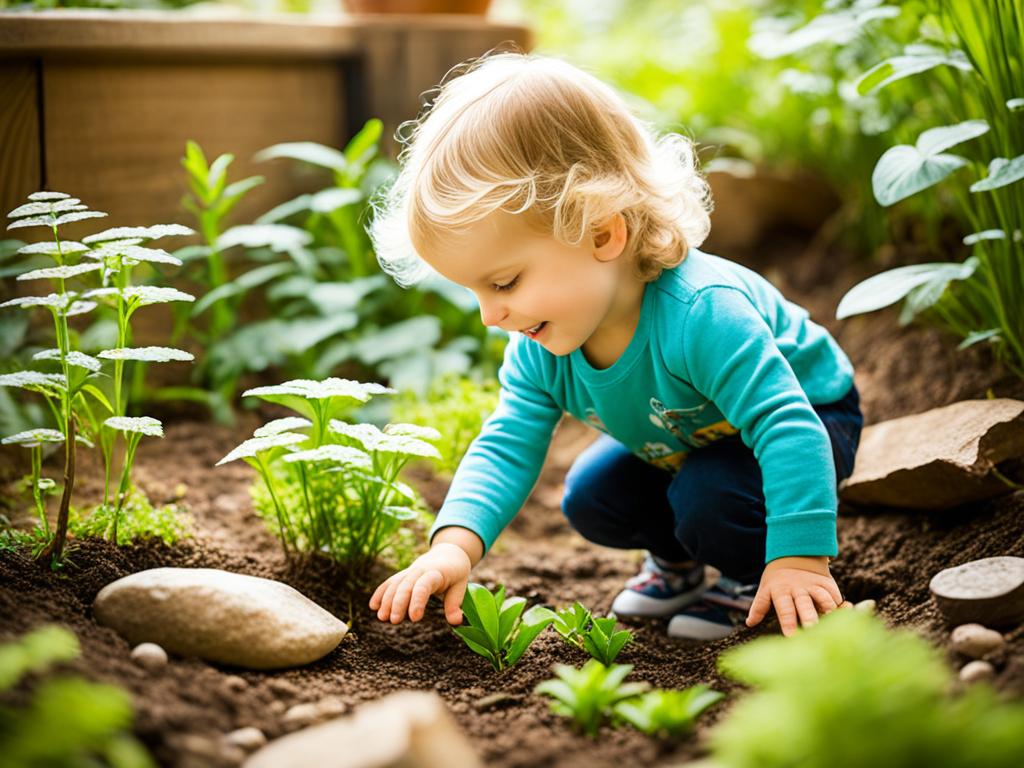
By helping kids grow their emotional intelligence and self-regulation skills, adults can help them develop fully. This prepares them for success in life and school.
Child Development Stages
Knowing the different stages of child development is key for parents and caregivers. It helps them support their child’s growth and reach milestones. From infancy to preschool, children change a lot in physical, cognitive, language, and social-emotional areas. Let’s look at these stages closely.
Infant Development (0-1 Year)
In the first year, infants grow fast. They start to use their senses, learn to talk, and get better at moving. Important milestones include:
- Grasping and reaching for objects
- Babbling and cooing to express their needs
- Developing social skills by engaging in back-and-forth interactions
- Sitting up, crawling, and taking their first steps
Toddler Development (1-3 Years)
When kids become toddlers, they want to do things on their own. They learn more words, solve problems, and are curious about the world. You might see:
- Rapid growth in vocabulary and sentence formation
- Developing problem-solving skills and independence
- Exploring their environment through play and imagination
- Acquiring self-care skills like dressing and feeding themselves
Preschool Development (3-5 Years)
At preschool age, kids grow a lot in thinking, social skills, and feelings. They often show:
- Improved language and communication skills
- Enhanced problem-solving and decision-making abilities
- Increased social interactions and the development of friendships
- Growing self-awareness and the ability to regulate their emotions
Understanding these child development stages helps parents and caregivers support their child’s growth. With the right help and care, children can do well and reach their goals.
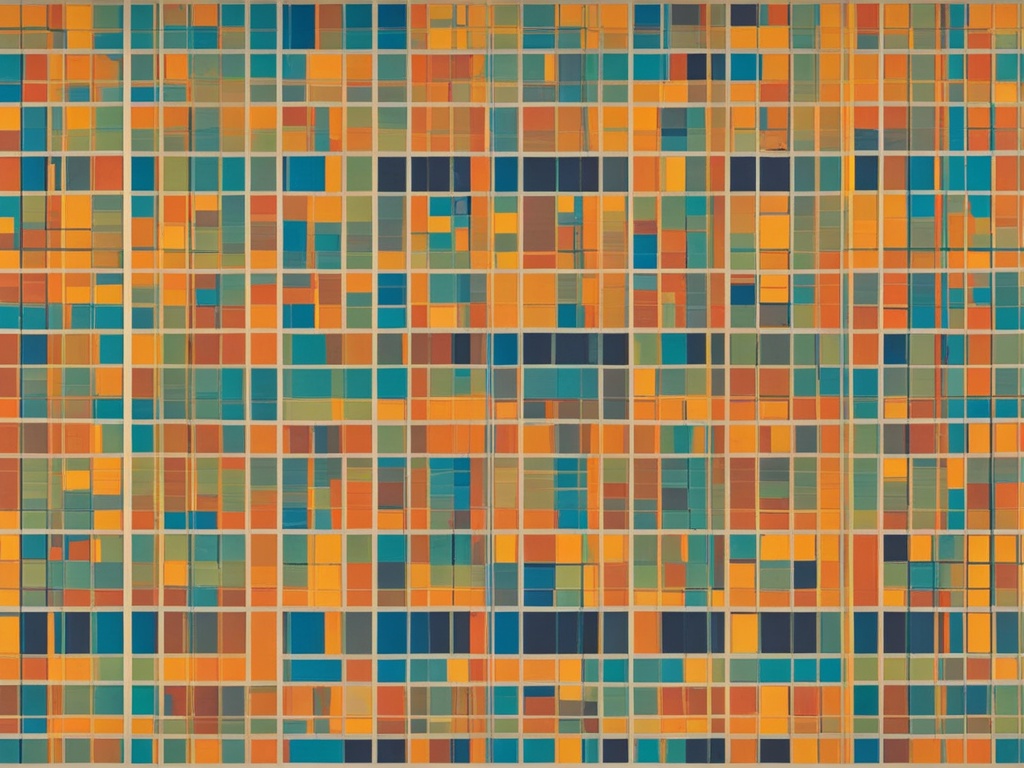
Conclusion
Understanding child development is key for parents, teachers, and caregivers. It helps us support a child’s growth in many areas. This includes their thinking, speaking, moving, and feeling emotions.
This article showed us why developmental milestones matter. It talked about the need for early help if there are concerns. And it shared resources to help children grow well.
We talked about how to help with language, physical activity, and emotional smarts. These tips help us make a good place for kids to grow.
We urge you to keep learning and exploring child development. Look for reliable sources and talk to child experts. Every child is different, so what works best for one might not work for another. By focusing on child development, parenting strategies, and early childhood education, we help our kids reach their best potential.
FAQ
What is child development and why is it important?
Child development covers the changes kids go through from birth to being teenagers. It’s key to know about it. This knowledge helps parents, teachers, and caregivers support kids’ growth. It also helps spot and fix any issues early.
What are the key stages of child development?
Child development has five main stages: Infant (0-1 year), Toddler (1-3 years), Preschool (3-5 years), School-age (5-12 years), and Adolescence (12-18 years). Each stage has its own milestones in physical, cognitive, language, and social-emotional areas.
How can I support my child’s cognitive development?
Supporting your child’s thinking skills means playing and learning together. Activities like reading, playing games, and exploring help grow their minds. These actions boost their problem-solving and critical thinking.
What are the important language development milestones?
Key language milestones include cooing and babbling at 2-4 months, understanding simple words by 6-12 months, and saying first words by 12-18 months. By 18-24 months, they start making simple sentences. Reading, singing, and talking with your child helps them learn to communicate.
How can I support my child’s physical and motor skill development?
Encourage your child to do fun physical activities like crawling, walking, and running. Toys that help with hand-eye coordination are great too. A safe place for them to explore is also important.
What is social-emotional learning and why is it important?
Social-emotional learning (SEL) helps kids develop skills like understanding feelings, controlling their emotions, and making friends. It’s key for their happiness and success in life. It helps them deal with feelings and relationships better.
How can I identify and address developmental delays in my child?
If your child isn’t hitting milestones, talk to a doctor or child expert. They can check on your child and suggest help or special programs. Catching and treating delays early is best for your child’s growth.


